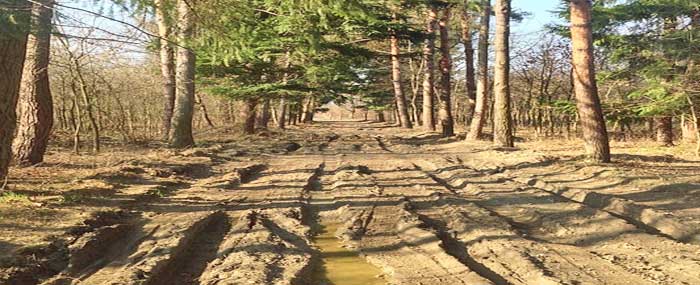Thinking AHEAD- (of the box)
New Hampshire turns out more than one type of FrontRunner
As I sat in the home office of the head honchos of one of the nation’s largest snowplow companies in the upper Midwest in early Fall of 1995 I felt as it my ship was about to come in. I’d been invited to meet the company’s leaders to discuss the upcoming licensing agreement between them and the company I’d founded five years before to market a product that I had designed and had been selling in New England with reasonable success. It was a product that would integrate perfectly with their products as my success had demonstrated. What my product needed to make it as universal as truck mounted snowplows was to have it marketed by a major snowplow manufacturer whose name was recognized by anyone living in snow country who owned a plowtruck.
Soon after the big guns joined us at the conference table someone started showing a sales video that I had produced to show the capabilities of my invention, the same video that had construction guys gathered around my booth at trade shows through New England. Those guys typically would prod each other while watching the video and say, “Boy, could we use one of those.” And many of them did purchase one and were usually more than satisfied with it what it could do to save them time and make them money.
It wasn’t long into the video, however, before I felt my ship slipping past the dock when the top guy said, “Who could ever use one of these?” Was it possible that upper mid-westerners don’t have the vision of us Yankees, or was this guy a bean counter who had risen to the highest level of his incompetence. Regardless, the outcome of this meeting spelled disaster for the product that I had labored countless hours to bring to market and thought was about to make it into the big time…
